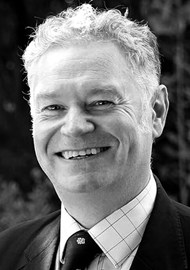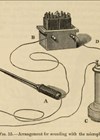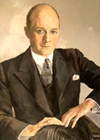In this series of articles, I am going to show you some of the exhibits contained in the Museum of Urology, hosted on the BAUS website (www.baus.org.uk).
Part of the joy of studying the history of urology is the detective work involved in researching individual artefacts. Sometimes, simply trying to work out what an old instrument is and what it was used for can take many hours of searching through instrument catalogues, textbooks and journals. Sometimes a single instrument gives rise to many stories and takes me down many ‘rabbit holes’ on the internet and in libraries.
I recently picked up a boxed cystoscope in the Creative Health and Heritage Centre (CHHC) in Leicester where, as Clinical Director, I am trying to help identify and catalogue the many artefacts in their extensive collection. The box had an old handwritten label, “Mr Barrett. Cystoscope” (Figure 1).
 Figure 1: Mr Barrett’s Cystoscope. Held in the Creative Health and
Figure 1: Mr Barrett’s Cystoscope. Held in the Creative Health and
Heritage Centre Museum, University Hospitals of Leicester NHS Trust.
Helpfully, inside the lid of the wooden box was the name of the manufacturer, “Georg Wolf G.m.b.H. – Spezialfabrik – fur Kystoscope – BERLIN N.W. 7 – Karlestrasse 18”. This company was founded by Georg Wolf (1874–1938) on 15 January 1906. Initially called Bruckner and Wolf, it became Georg Wolf, Fabrik elektomedizinischer Apparte und Instrumente (Factory for electromechanics devices and instruments) in October of that same year. Georg was an engineer who learned about endoscopes whilst working at Reiniger, Gebberet and Schall, another instrument maker, and a subsidiary company to Siemens, in Erlanger, Germany. Beginning with a staff of 18 in their premises at Karlestrasse, by 1914 they had expanded to 48 and 114 by 1940. Sadly, in 1938, Georg Wolf contracted pneumonia after diving into a river to rescue a Norwegian student during a rowing regatta and died. His son Richard (1906–1958) took over the company and in 1947 it was renamed Richard Wolf and relocated to Knittlingen; this company still sells cystoscopes today.
The cystoscope is a Ringleb model. Karl Otto Ringleb (1875–1946) was born on 17 May 1875 in Arneburg in Altmark, Germany. He studied medicine at the Universities of Jena (1897), Halle (1898) and Heidelberg (1900) and was a member of the Corps Guestphalia Jena and Borussia Halle. These are German student associations famous for their duelling. He became a private assistant to Max Nitze (one of the inventors of the earliest practical cystoscope) and worked at the Charité hospital in Berlin, where he was made professor in 1912 and was in charge of the Urology Polyclinic. From 1924 he was an associate professor and from 1937 a full professor at the Friedrich-Wilhelms-University in Berlin, here, he held the first German chair of urology (Figure 2]).

Figure 2: Karl Otto Ringleb. Image by J M Moll-Keyn from the collection of
The Museum, Library and Archives DGU, reproduced with permission.
Early cystoscopes, although a great leap forward in medical technology, gave only a poor and dim view of the bladder; it could be quite distorted and was upside down. Urologists, engineers and optical scientists all tried to improve this. In 1908, Ringleb was one of the first to correct the inverted image using an Amici prism. He also manged to increase the angle of view of the bladder, the magnification and the brightness of the image. Unsurprisingly then, Ringleb cystoscopes were still being sold in the 1960s.
In the 1930s Adolf Hitler and his National Socialist or Nazi party rose to power in Germany. In 1937 Otto Ringleb joined the Nazi paramilitary organisation, the SS (Schultzstaffel meaning Protection Squadron). Throughout the Second World War he rose to the rank of SS-Oberführer (Senior Colonel). At the end of the war, he was placed under automatic arrest by the occupying forces and his licence to teach was revoked. He was accused of carrying out experiments on concentration camp prisoners, but following evidence given by his assistant this was found to be false, and he was released. However, by then he was a broken man and died on 8 November 1946 in Berlin.
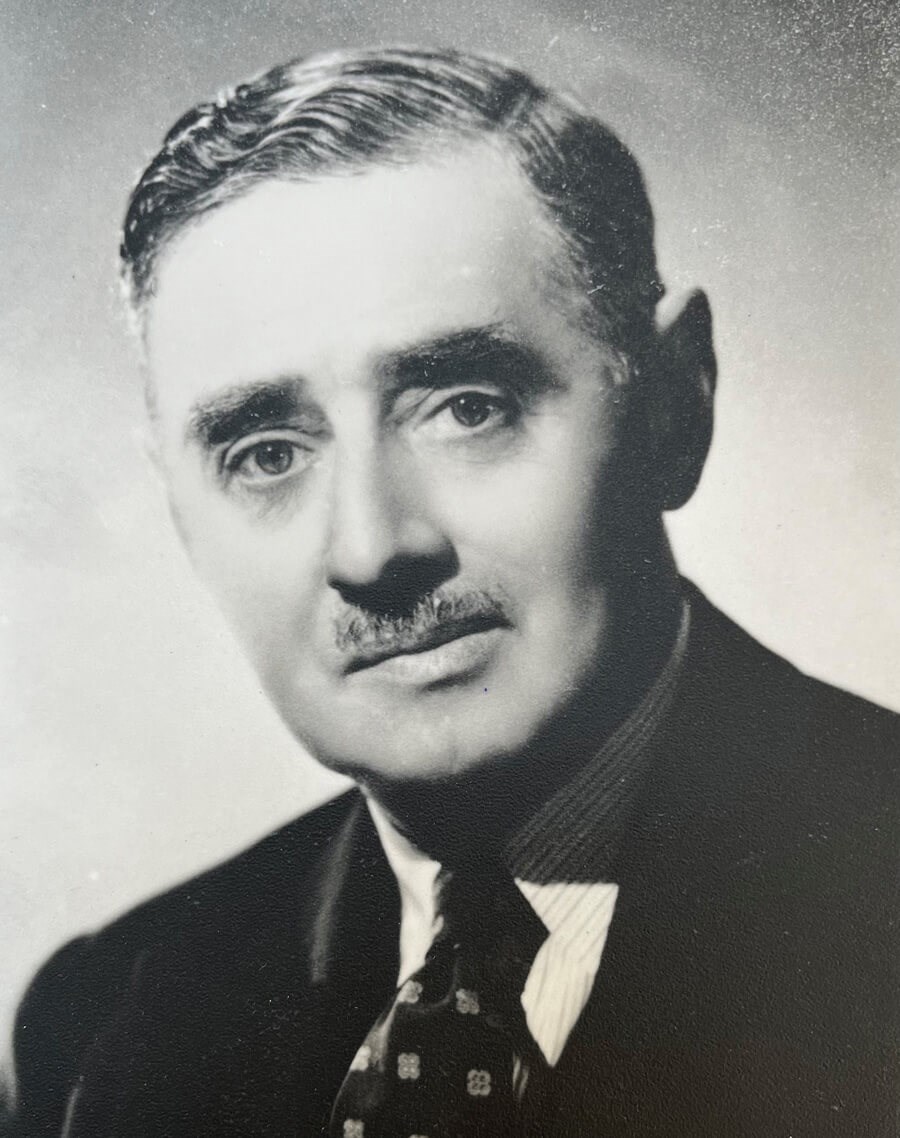
Figure 3: Mr John Cridlan Barrett VC. Image held in the Creative Health and
Heritage Centre Museum, University Hospitals of Leicester NHS Trust.
John Cridlan Barrett (1897–1977), the user of this cystoscope was a surgeon in Leicester (Figure 3). He was born on 10 August 1897 in Royal Leamington Spa. In 1904, the family moved to Hyde Park and in 1910 Barrett entered Merchant Taylors’ School, there he was awarded a medical scholarship to St Thomas’s Hospital, but due to the outbreak of the First World War, enlisted on 27 January 1916 and was commissioned as a 2nd Lieutenant and posted to the 3/5th Battalion, The Leicestershire Regiment.
In March 1917 he suffered gunshot wounds to both hands and in May 1918 he was poisoned by gas. On 24 September 1918, lost in a smoke barrage, he found himself in front of a heavily fortified German trench. Gathering his men he attacked the trench, personally destroying two machine guns despite being wounded in the arm, neck and back. For this he was awarded the Victoria Cross by King George V (Figure 4).
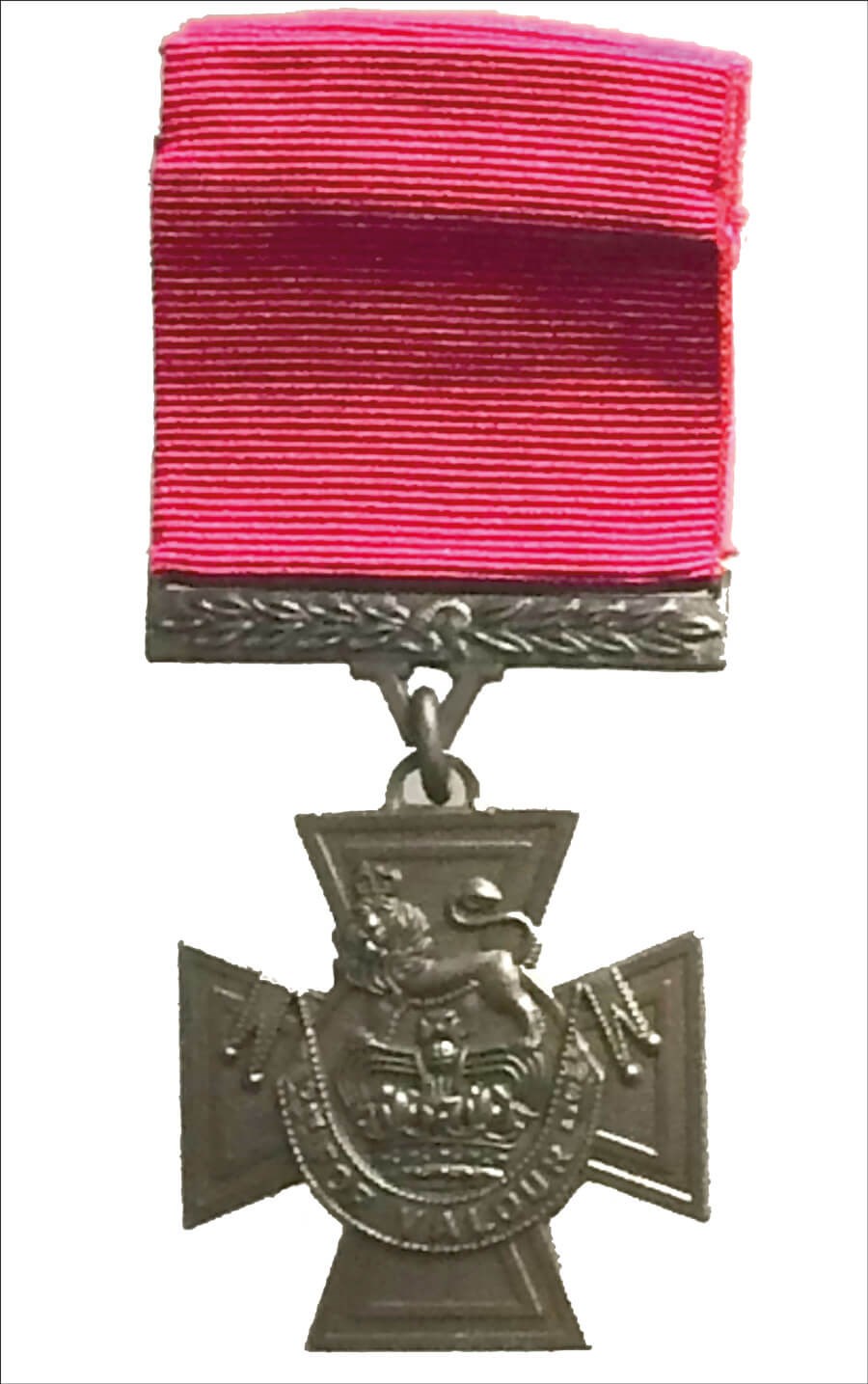
Figure 4: John Barrett’s Victoria Cross. Author’s image of the medal which is held in the
Regimental Museum of the Leicestershire Regiment, Newarke Houses Museum, Leicester.
After demobilisation in1919, Barrett took up his medical scholarship at St Thomas’s, passing MRCS and LRCP in 1924, MB and BS in 1925 and became house surgeon at St Thomas’s to Sir Percy Sergeant. In 1928 he became a fellow of the Royal College of Surgeons. On 13 March 1929, he was elected house surgeon to the Leicester Royal Infirmary and honorary assistant surgeon the following year. He was also surgeon to Hinckley Hospital, the Leicester Isolation Hospital and Leicester General Hospital. In 1939, he was appointed full surgeon but on 1 September he was mobilised back into the army. He was transferred to the Royal Army Medical Corps (TA), as a Major, then Temporary Lieutenant-Colonel and Officer-in-Charge, Surgical Division, No 30 General Hospital in Iceland. It is interesting to see Barrett and Otto Ringleb both as Colonels on opposite sides of the world in armies on very different sides.
In 1941, Barratt was released from military service, back to the Leicester hospitals. From 1945, John Barrett was the senior surgeon at the Infirmary, becoming consultant surgeon with the onset of the National Health Service in 1948. With an interest in urology, in 1953 he became a member of BAUS and in 1954, helped form the urology department at the Infirmary. However, he and his colleagues remained general surgeons ‘with an interest’ and it wasn’t until 1977 that Leicestershire truly had a urology service. Barrett also remained a territorial officer in the Leicester Regiment, becoming Honorary Colonel in 1953. John Cridlan Barrett VC retired from the staff of the Leicester Royal Infirmary in 1962 and died on 7 March 1977 aged 79.
This small, relatively common (but lovely) early 20th century cystoscope, in its little wooden box has introduced us to many stories. That of the proud, brilliant, Prussian urologist and his fantastic, redesigned cystoscope who later became a colonel in the SS. The story of the early Berlin instrument company pioneering these modern new diagnostic tools. The surgeon who used this cystoscope, not only a hero of the Great War, but a ‘general surgeon with an interest in urology’, one of that pioneering group who created British urology in the 20th century. This is also the story of the international nature of urology. Barrett, through and through a British solider, injured multiple times by German troops with whom he had fought hand to hand in the trenches, was using German made, German designed cystoscopes (there are two Ringleb scopes labelled as Mr Barrett’s in the CHHC collection). As often seen in the history of urology, international relations trump political differences and perhaps for Mr Barrett, the quality of the Wolf made Ringleb instrument gave his patients advantages which overrode any national pride or bitter memories of the past.


